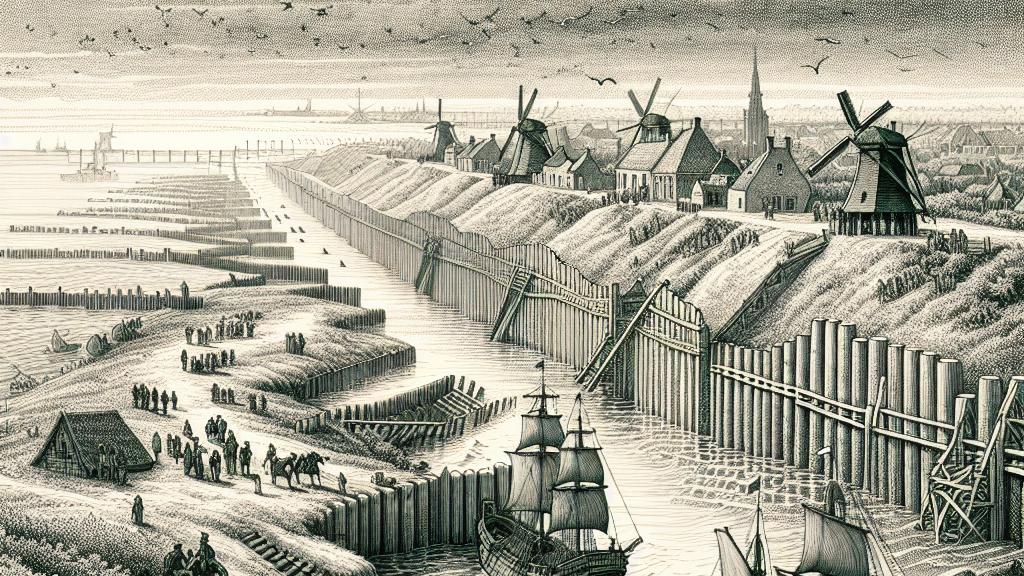How the Dutch Handle Floods: Insights from a Water Expert
Overview
- The Netherlands excels in flood management techniques, developed over centuries of battling water challenges.
- Since the catastrophic flood in 1953, innovative measures have astonishingly resulted in zero fatalities from floods.
- Dutch knowledge and expertise in flood prevention are increasingly sought by nations worldwide.

A Historical Turning Point
Positioned largely below sea level, the Netherlands has a long and complicated history with flooding. The devastating flood of 1953, which swept through the heart of the nation, tragically took nearly 2,000 lives. This disaster acted as a crucial catalyst, sparking a profound transformation in national water management policies. Following this calamity, the Dutch embarked on a mission not just to fortify their defenses but also to fundamentally rethink how they engage with their environment. As renowned water expert Henk Ovink puts it, this milestone wasn't merely about raising barriers; it was about fostering a new understanding of nature’s dynamics and learning to live in harmony with it.
Innovative Techniques in Action
Over the decades, the Dutch have pioneered a stunning array of flood management technologies and strategies. The Maeslantkering, an extraordinary moveable storm surge barrier in Rotterdam, stands as a modern engineering marvel capable of protecting the city from rising waters. Moreover, an elaborate network of dikes, storm surge barriers, and controlled flood zones exemplifies their holistic approach. For example, the use of natural landscapes, like wetlands, not only helps absorb excess water but also supports biodiversity—creating a win-win situation. This remarkable blend of protective measures demonstrates that the Dutch do not merely shield against floods; they also cultivate the ecological health of their surroundings. By prioritizing both infrastructure and ecosystem services, the design reflects the true essence of resilience.
A Global Beacon of Expertise
As the planet faces escalating climate challenges, the Netherlands has emerged as a global leader in sharing flood management expertise. Countries from all corners of the world, grappling with their own water-related issues, are now looking to the Dutch for solutions. This international exchange of knowledge showcases how past adversities can fertilize future triumphs. The Dutch engage in collaborative projects, offering consultative services on effective strategies like predictive modeling and eco-engineering solutions that can adapt to the changing climate. They emphasize an empowering message: with proactive strategies, innovative technologies, and a commitment to sustainability, nations can learn to protect their communities against flooding, turning vulnerability into resilience and establishing a hopeful narrative for the future.

Loading...